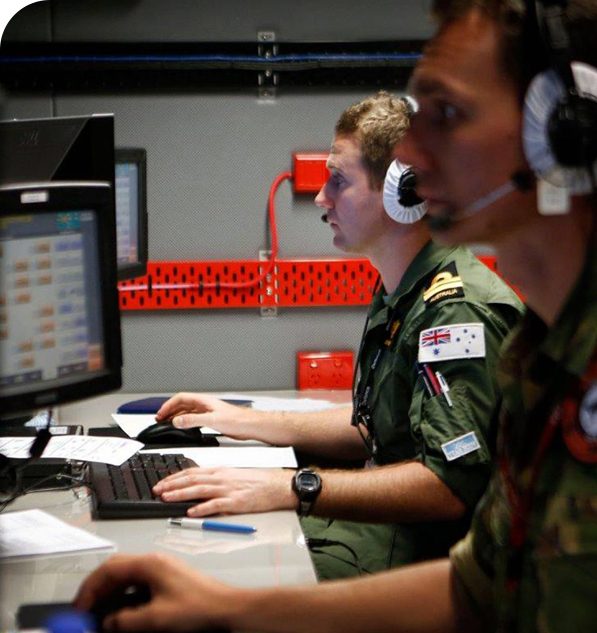CREATING ENDURING ADVANTAGE
The ARFP is a Next Generation Technologies Funds (NGTF) funded project, led by DST, to develop a low cost, low size, weight and power (SWaP) L-band imaging radar payload to be launched on a small satellite. The radar is to perform wide swath, medium resolution Synthetic Aperture Radar (SAR) for maritime surveillance. Key challenges is in the development of a deployable antenna and suitable feed to meet SWaP constraints.

- Air
- Land
- Sea
- Homeland Security
- R&D
Focus Areas
Project Objectives
Phase 1 of the program researched various approached and technologies that could be used in the program. Based on the analysis and recommendations of these studies, DSTG has proposed an iterative approach for Phase 2 across three development streams to progressively address increasingly complex technology challenges.
1. ARFP Block 1: Single Beam Develop payload using Commercial off the Shelf (COTS) Radio Frequency (RF) components and Australian design digital subsystem to demonstrate single channel Synthetic Aperture Radar (SAR) capability.
2. ARFP Block 2: Multi beam Update payload using COTS reflector with Australian designed multi beam antenna feed to demonstrate multi swath SAR capability.
3. ARFP Block 3: Phased Array Update payload using COTS RF with Australian designed multi beam phased array flat panel antenna with distributed RF power generation and real time beam steering to demonstrate high resolution, wide swath coverage SAR capability in space.
Phase 2 will deliver a fully modelled, designed, integrated and tested single beam system as a part of the ARFP Block 1 stream, and technology demonstrators of multi‑beam and phased array antennas and RF components for ARFP Block 2 and Block 3.
Project Goals
1. Demonstration of an all-weather, day/night L-band imaging radar for the maritime domain awareness, capable of detecting and classifying vessels greater than 25 m in length.
2. Development of sovereign expertise in the design, build and operation of active RF sensing payloads. Specifically developing Australian industry expertise in high power RF payload design, system integration, space qualification.
3. Provide a national “collection facility” and archive to support national objectives. Specifically supporting S&T by the Australian remote sensing community and limited operations/tasking requests e.g. Defence and Disaster monitoring recovery.
4. Development of a reconfigurable passive and active RF and processing testbed to support Defence S&T research objectives. It should demonstrate space ISR services to the ADF in real-time, develop and test new imaging modes and edge processing capabilities and support the collection over wide parameter space of backscatter phenomenology.

Like to know more about our solutions and products?
Click the link below to download our brochures.
